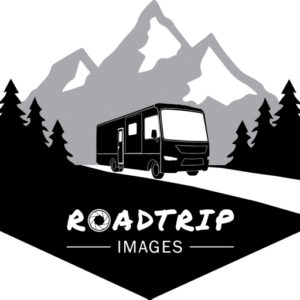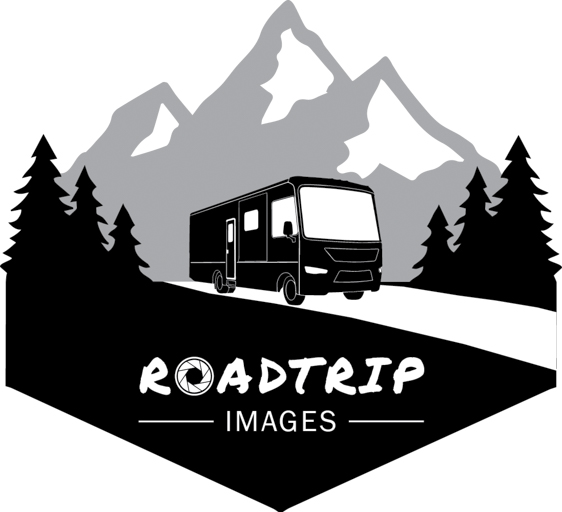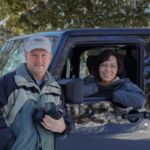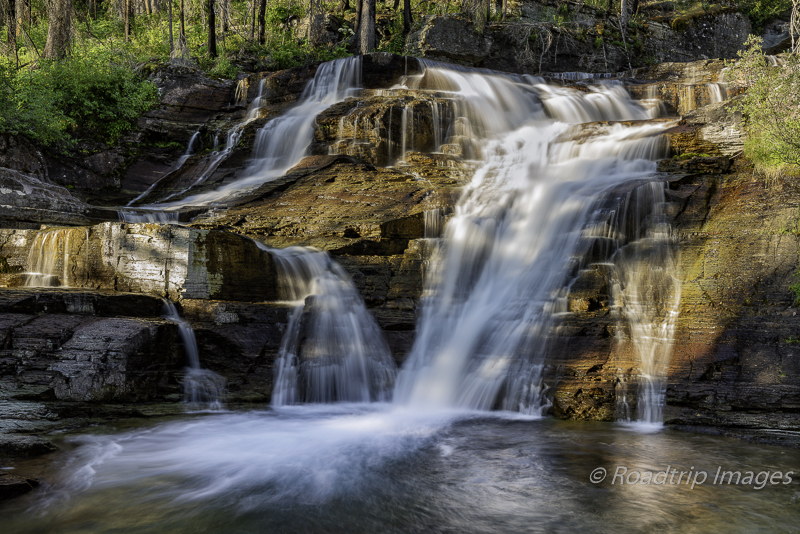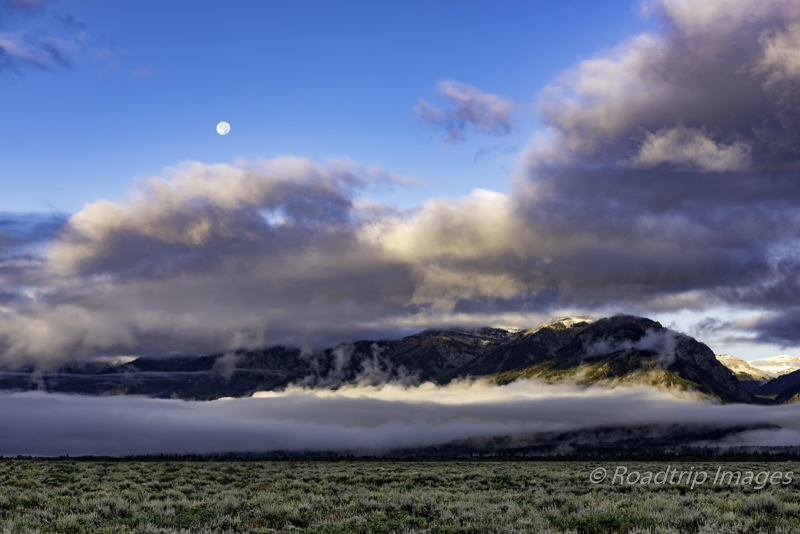Takakkaw Falls - Yoho National Park, British Columbia
Takakkaw Falls in Yoho National Park is an impressive sight. Waterfalls this big require a different approach to photograph.
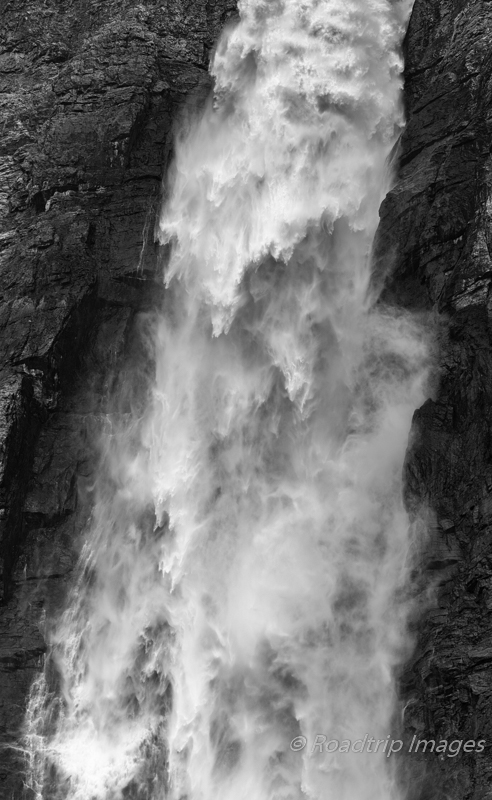
Takakkaw Falls
Takakkaw Falls is in Yoho National Park in British Columbia. It is an impressive 1250 feet from the top to its base although the longest free fall section is 833 feet. If you get anywhere close to the falls the spray will get you soaked in no time. Waterfalls like this generate a lot of wind as well so that also drives the spray out quite a ways from its base. It’s a challenge keeping your lens dry in these conditions.
Yoho National Park is in Souteastern British Columbia just over the border from Banff National Park in Alberta. We stayed here for a few days as we were making our way out of the smoke filled parks to the north.
Making the Photograph
Takakkaw Falls is an exception to the waterfall advice I gave in the previous post on Virginia Falls. Normally waterfalls look best when you photograph them with a slow shutter speed to make the water look silky smooth. This is true when the water is a smooth flow as it drops. When you get to these massive waterfalls with a lot of volume and huge free falls, the water doesn’t stay together anymore. It kinda gets torn apart on the way down and forms lots of interesting patterns and textures. If you shoot them with a long shutter speed it will just look washed out. All white. Not the look you probably want. In this case the patterns and textures are the interesting part. So much so that I didn’t even include the entire waterfall. One, it’s pretty tall. Two, I wanted to zoom in on just the section that was creating the most interesting patterns. It’s the crashing water I wanted to show.
Selecting the correct shutter speed for fast moving water is a bit of trial and error. It depends on the speed the water is falling. For a high drop like this one, it takes a pretty fast shutter speed to freeze the water in mid air. In the image above I used 1/640th of a second. Faster wouldn’t hurt it just depends on the light levels and what f-stop you need to use for proper depth of field. The other thing about this kind of a shot is every frame you take will be different. Since the water is in free fall, no two images will be the same. I took a lot of frames so that I could sort through them later on the computer to select the most pleasing pattern.
As an aside, as I was firing away at the waterfall, two young boys were watching me. The older of the two commented, “so many pictures of the same thing.” I told him that no two images would be the same so you have to take a lot to get one you like. “It’s a photographer thing”, I told him. He just shook his head. The younger one was actually intrigued and said “that’s really interesting!”
I also chose to use a longer lens for this shot to get back a bit from the spray. I was up close earlier and could hardly keep the lens dry. I used my 70-200mm Nikkor zoom at 200mm to get the right composition without getting too wet.
Converting to Black & White
I’ve mentioned in prior posts I really like black and white. It goes back to my large format film days and printing in the darkroom. Black and white has a special character to it that for some images color just can’t match. This is one of them. The subtle shades of gray used really highlight the patterns and textures in the water. The color version doesn’t do it as well.
To do the conversion to black and white there are many software solutions that do most of the heavy lifting for you. I chose to use the Nik plugin Silver Efex Pro for Photoshop. It gives a you lot of preset “looks” as starting points but then also allows a lot of control over the final result to make it just what you want.
Final Thoughts
Takakkaw falls was an unexpected find. We were in the Canadian Rockies hoping to shoot some of the grander vistas but the smoke from the wildfires in British Columbia was making that impossible. Some days you couldn’t even see the mountains. We moved down to Yoho National Park as we figured out plan B. Not far from our campground was Takakkaw Falls so we decided to take a look.
Nature throws you a lot of curve balls as a landscape photographer. You go looking for one shot and many times come away with something completely different. You have to react to what nature gives you. In this case we had to look for more intimate scenes since the sky was just too hazy. In the end even intimate scenes were not really possible as the air quality was getting poor. We really didn’t want to stay in those conditions for our original plan of two months. We had to respond to what nature was sending our way. So regrettably, we left the Canadian Rockies and headed back South into the States. What our destination would be we weren’t quite sure yet.
As always, you can see higher resolution images on our Facebook page. Please give us a like while you’re there.
Nikon D810 with Nikkor 70-200mm at 200mm. f/4 at 1/640th of a second. ISO 64.
Subscribe and Get Free E-Book!
